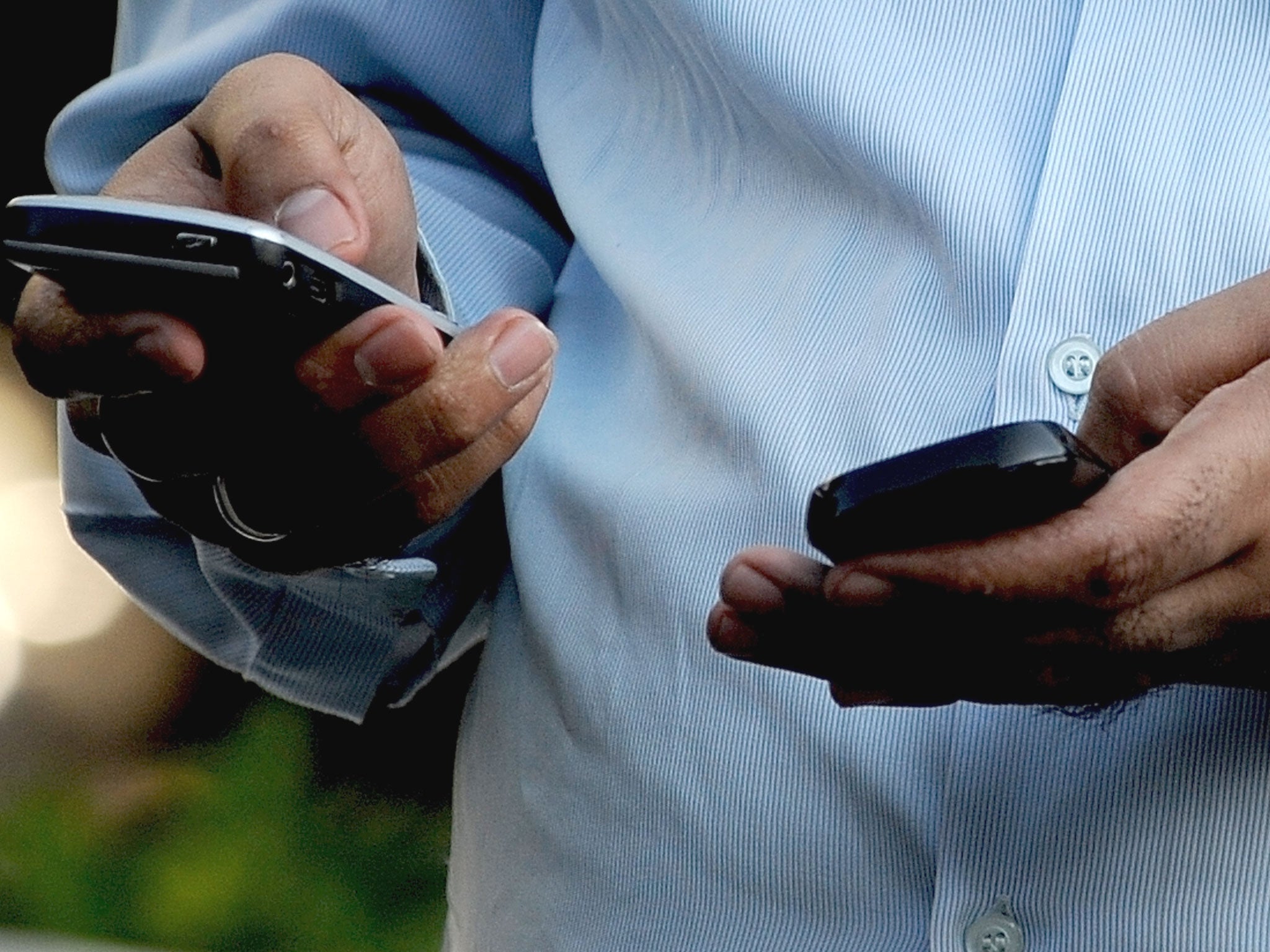Online daters are the most likely to sext, report suggests
Research carried out on mobile phone users found that those who sought love online were also more likely to send suggestive images

People who date online are more likely to use technology to spice up their love life in other ways too, according to research by an American think tank.
The research suggests that mobile phone owners who seek love over the web are significantly more likely to engage in sexting - receiving, sending, or forwarding sexually suggestive photos or videos via mobile phones – than those who do not use dating sites.
Over half (55 per cent) have received a suggestive image, while almost a third (31 per cent) have sent one, and 9 per cent have forwarded a sext, according to a 2013 report on couples, the internet and social media by Pew Research Center.
Of those who don’t date online, 16 per cent have received a sext, while 6 per cent have sent one, and 2 per cent have forwarded a suggestive message.
However, it is not just singletons who sext. Some 9 per cent of people in a relationship have sent a sext, compared to 10 per cent of those not in a relationship.
And 18 per cent of people in relationships have received a sext, while 2 per cent have forwarded one. This compares to 25 per cent and 4 per cent respectively for those not in relationships.
But age is the strongest demographic predictor of sexting. Mobile phone owners aged 18-24 are the most likely to send, receive and forward sexts, with the likelihood decreasing as people grow older.
The report also demonstrates that there has been a rise in sexting since previous research in 2012.
Overall, 9 per cent of mobile phone users have sent a sext, while 20 per cent have received one. This compares to 6 per cent and 15 per cent respectively in 2012.
But just 3 per cent of cell phone owners have forwarded a sext – a figure that is unchanged from the percentage that did so in 2012.
Sarah Beeny, the founder of dating website My Single Friend, said she was unsurprised by the report's findings.
"Sexting is a fun, flirty way of keeping in touch someone you're dating or a long term partner. We're often more confident behind the safety of our mobiles so are willing to be more playful and risqué," she said.
"Therefore it comes as no surprise that people who use online dating sites are more likely to send sexts to their lovers.
"Being able to keep in touch and keep the spark alive throughout the day with a cheeky text here and there is one of the huge benefits of the advances in mobile technology, and everyone should be making the most of it... why not!"
The Pew Research Center report was based on data gathered from telephone interviews with 2,253 adults, aged 18 and over. The interviews were conducted by Princeton Survey Research Associates International from 17 April to 19 May last year.
Subscribe to Independent Premium to bookmark this article
Want to bookmark your favourite articles and stories to read or reference later? Start your Independent Premium subscription today.

Join our commenting forum
Join thought-provoking conversations, follow other Independent readers and see their replies